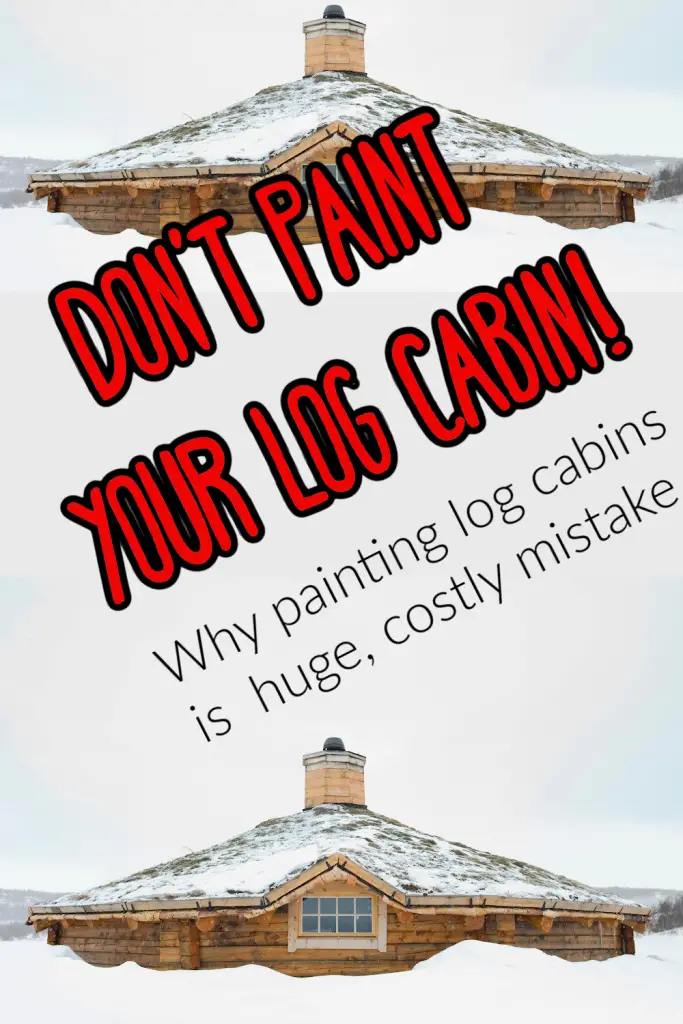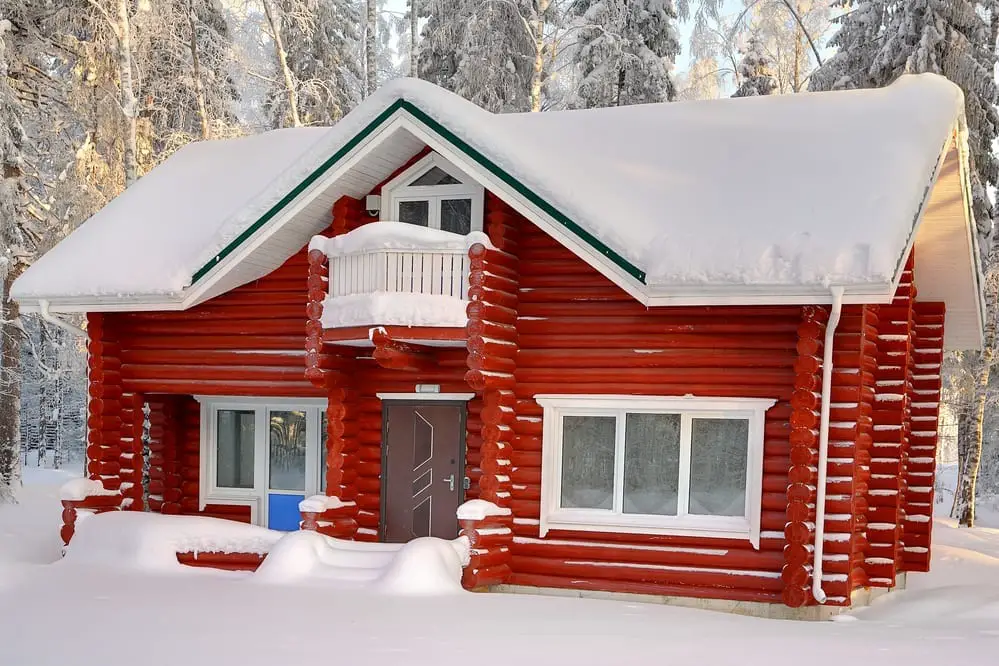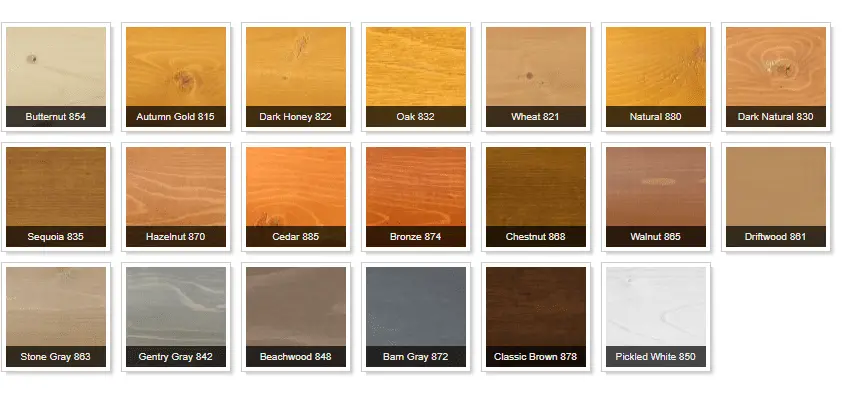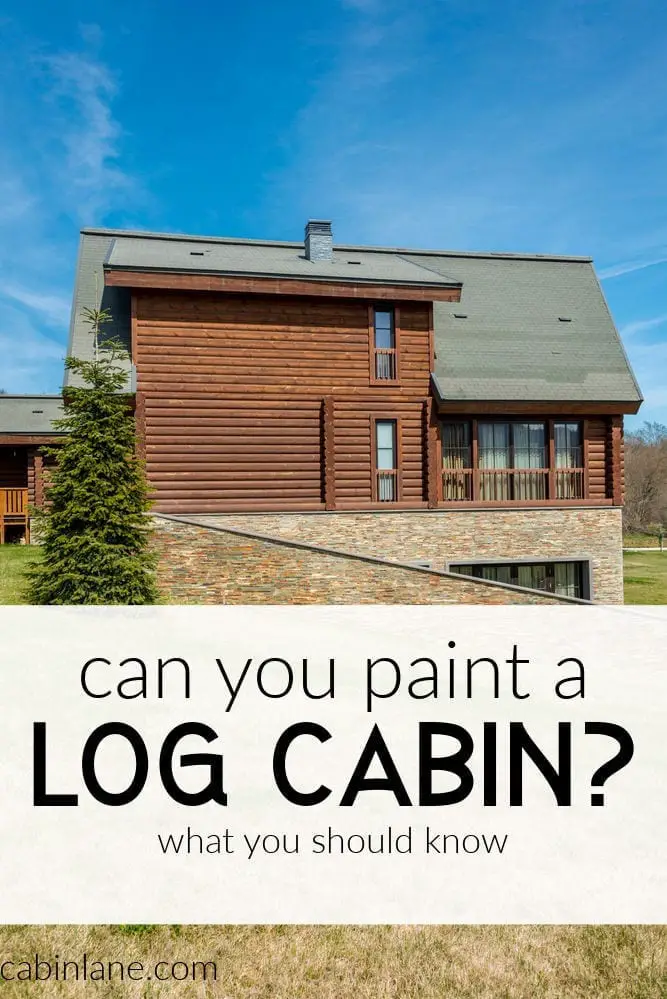Ready to switch up the look of your cabin?
If you’re thinking of painting a log cabin, you might want to find a stain color you like instead. Painting your cabin can lead to some serious regret and a host of problems in a few years.
Here’s why.
Why Painting a Log Cabin = Rotten Logs
The average circumference of a log used in building a cabin is 8 to 14 inches – much thicker than your everyday piece of wood. And because of the large circumference, log cabin logs hold a bit of moisture.
Guess what happens when you paint a log that is holding moisture? It traps that moisture and your log starts to rot from within.
The rot will spread to other logs, and over some time, you can end up with a cabin that doesn’t insulate well, attracts bugs, contains mold, and doesn’t properly support the structure.
The rot could take years to happen – but is that a chance you want to take?
Even if you think your logs are 100% dry inside, they’re probably not.
What to Do Instead of Painting a Log Cabin
Instead of painting, you should stain your cabin.
Stain allows the cabin to breathe, and a clear coat can help repel excess moisture without trapping moisture inside.
Luckily, if you’re over the wood look, you can stain your cabin a color other than brown!
Here’s a look at some stain colors from a Permachink line:
As you can see, you’re not stuck with regular ole’ brown. If you’re into the white-washed look, you can opt for pickled white. If you’re into dark colors, you could go with barn gray.
And this is only one sample palette from one company. You can find plenty of other stain colors from other companies.
Here are some places to check out to find log cabin stain:
In addition to cabin stains, you can also find different chinking colors. If you have large bands of chinking, changing out the color can make a HUGE difference in your cabin’s appearance.
Here’s a look at chink paint colors from Perma-Chink:
Paint for Log Cabin: What to Use if You’re DeadSet on Painting Your Cabin
If you’re still deadset on painting your log cabin and nothing is going to convince you otherwise, here are two options you can try.
RhinoShield – This company has a line of paint that is breathable and specifically made for log cabins. They also claim that since their paint has a ceramic topcoat, it won’t flake off as regular paint will.
Milk Paint – Milk Paint is also supposedly breathable. The Real Milk Paint website suggests using outdoor additives if you’re painting a log cabin exterior.
You may find some success with the two brands above. However, I’ve never tried either, so use at your own caution.
Painting Your Cabin – Final Words
If you insist on painting your cabin, remember never EVER to use regular paint or polyurethane. Sure, it might look good for a year or two, but it will ruin your cabin in the long run.
Use a paint that is breathable and has been specifically designed for log cabins. Or, play around with stain colors. You may be surprised and find a stain you really love.




